Bitter greens may not always be the first choice for home cooks, but their unique flavors and nutritional benefits make them an excellent addition to various dishes. These greens can range from slightly peppery to intensely bitter, depending on the variety, and knowing how to handle them in the kitchen is key to unlocking their full potential.
“Mastering bitter greens is about coaxing out their best characteristics while balancing flavors to create harmony,” Luke Seddon, chef and CEO of H2 Catering Equipment, tells VegNews.
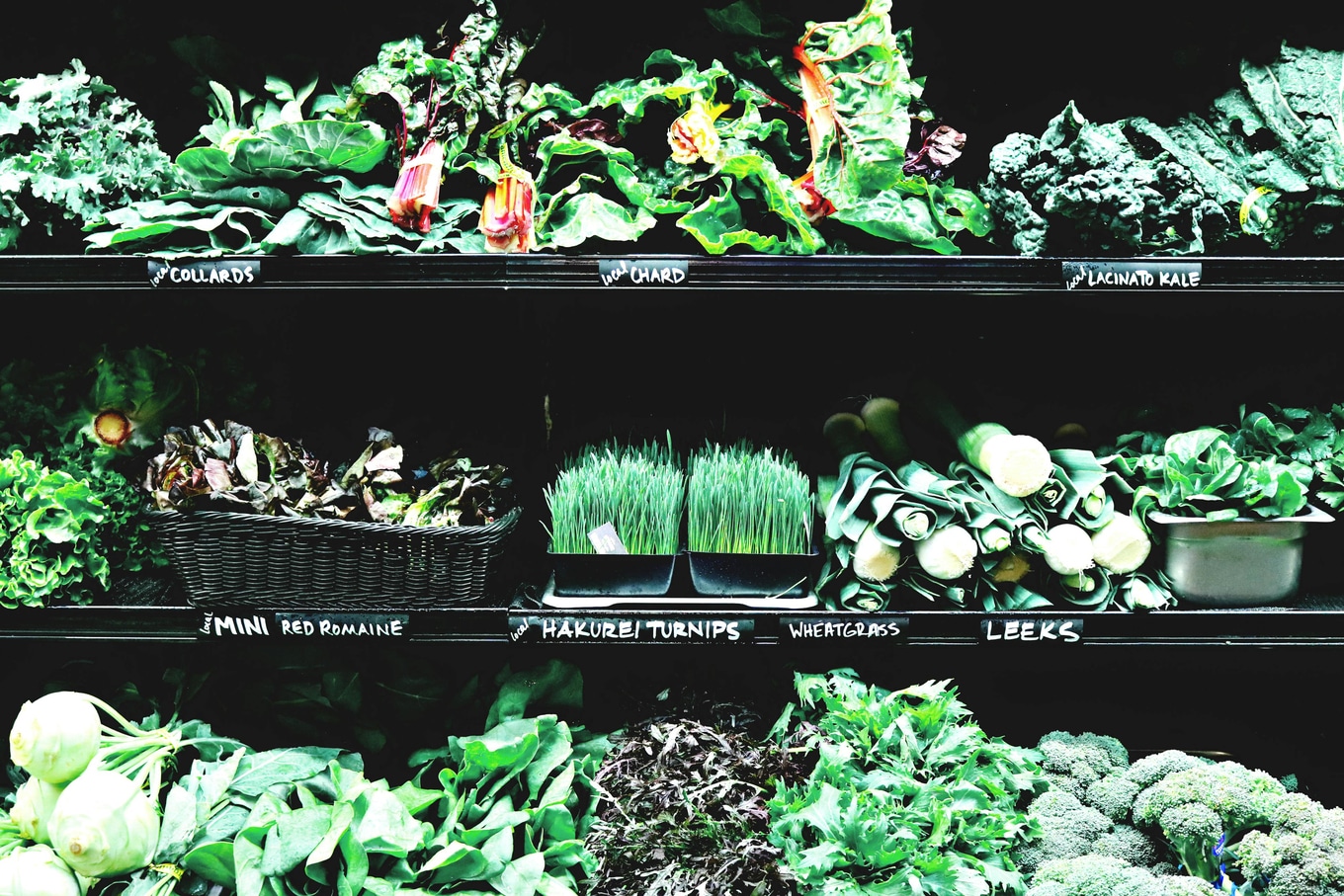 Pexels
Pexels
The spectrum of bitter greens
Bitter greens span a broad spectrum of plant families, each with its own distinct taste and cooking applications. From the sharp, bold bitterness of radicchio to the lemony bite of sorrel, these greens offer a wide range of flavors.
Here are a few of the most popular bitter greens and how to best prepare them.
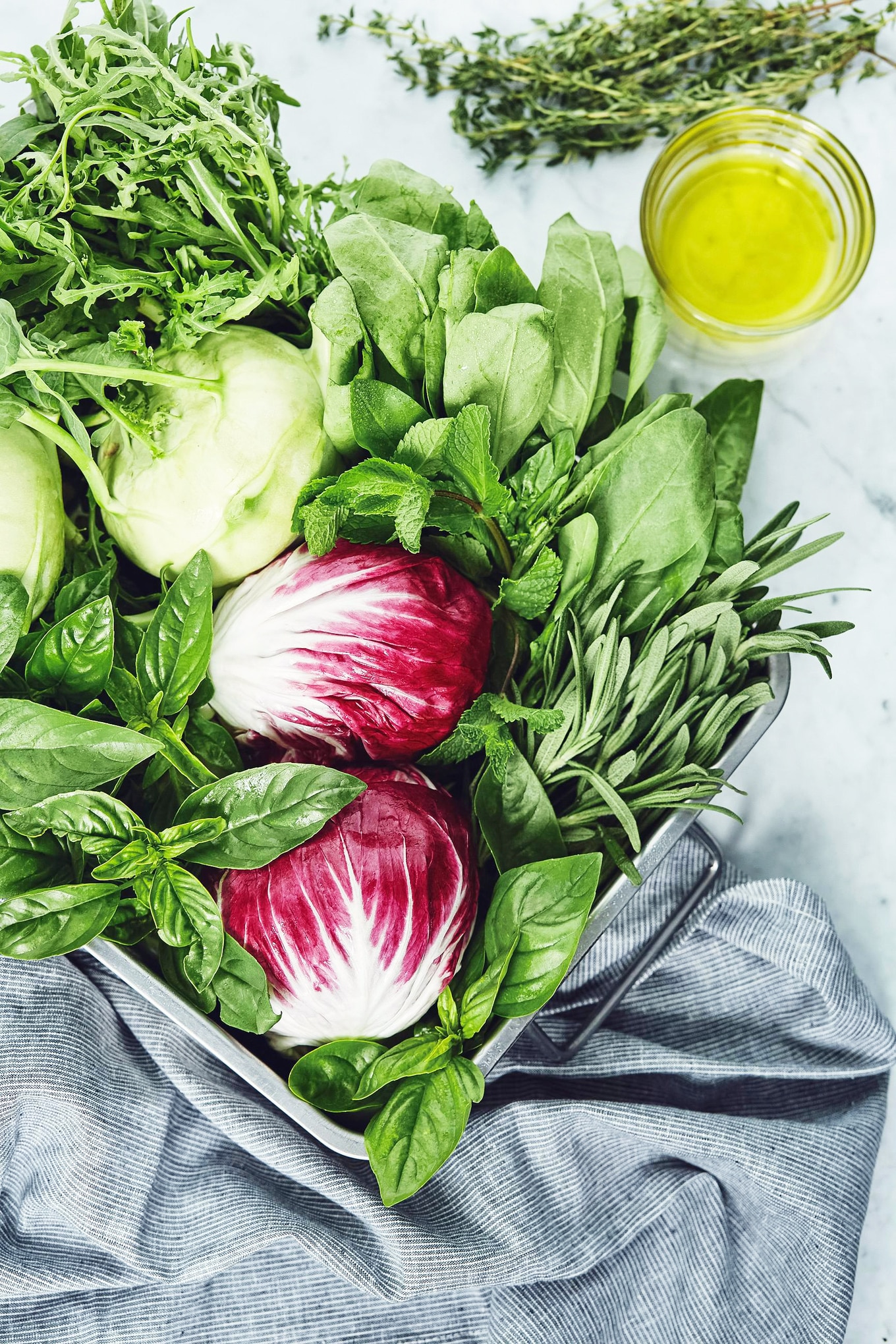 Rodio Kovenkin/Pexels
Rodio Kovenkin/Pexels
Chicory family: radicchio and escarole
Chicory family greens, such as radicchio and escarole, are known for their pronounced bitterness. Radicchio, often mistaken for a type of cabbage due to its appearance, has long been a staple of Italian cuisine. There are several varieties, including Radicchio di Treviso, which is characterized by its long, flower-like leaves, and Radicchio di Chioggia, which is round and typically more widely available.
One way to tame the bitterness of radicchio is by soaking it in cold water to remove some of its bitter compounds, which are water-soluble.
Seddon highlights grilling as an excellent technique for reducing the bitterness of these greens. “In preparing bitter greens such as radicchio or escarole, I frequently apply a technique of first ridging and then chucking them onto a grill,” Seddon says.
BECOME A VEGNEWS VIP: Get exclusive product deals, freebies, and perks galore!
The application of heat caramelizes some of the natural sugars, making the bitterness more palatable. Additionally, adding acidic elements such as vinegars or lemon juice can brighten the flavors, and Seddon recommends pairing these greens with a sweet citrus vinaigrette for balance. The chef also likes to heat a garlic clove and pour it over the radicchio to make it a little sweeter.
Escarole, a milder member of the chicory family, has broad, ruffled leaves that hold up well in cooking, making this bitter green an excellent addition to soups.
Give radicchio a whirl with this recipe for Vegan Plum and Radicchio Salad With Tahini Yogurt Dressing.
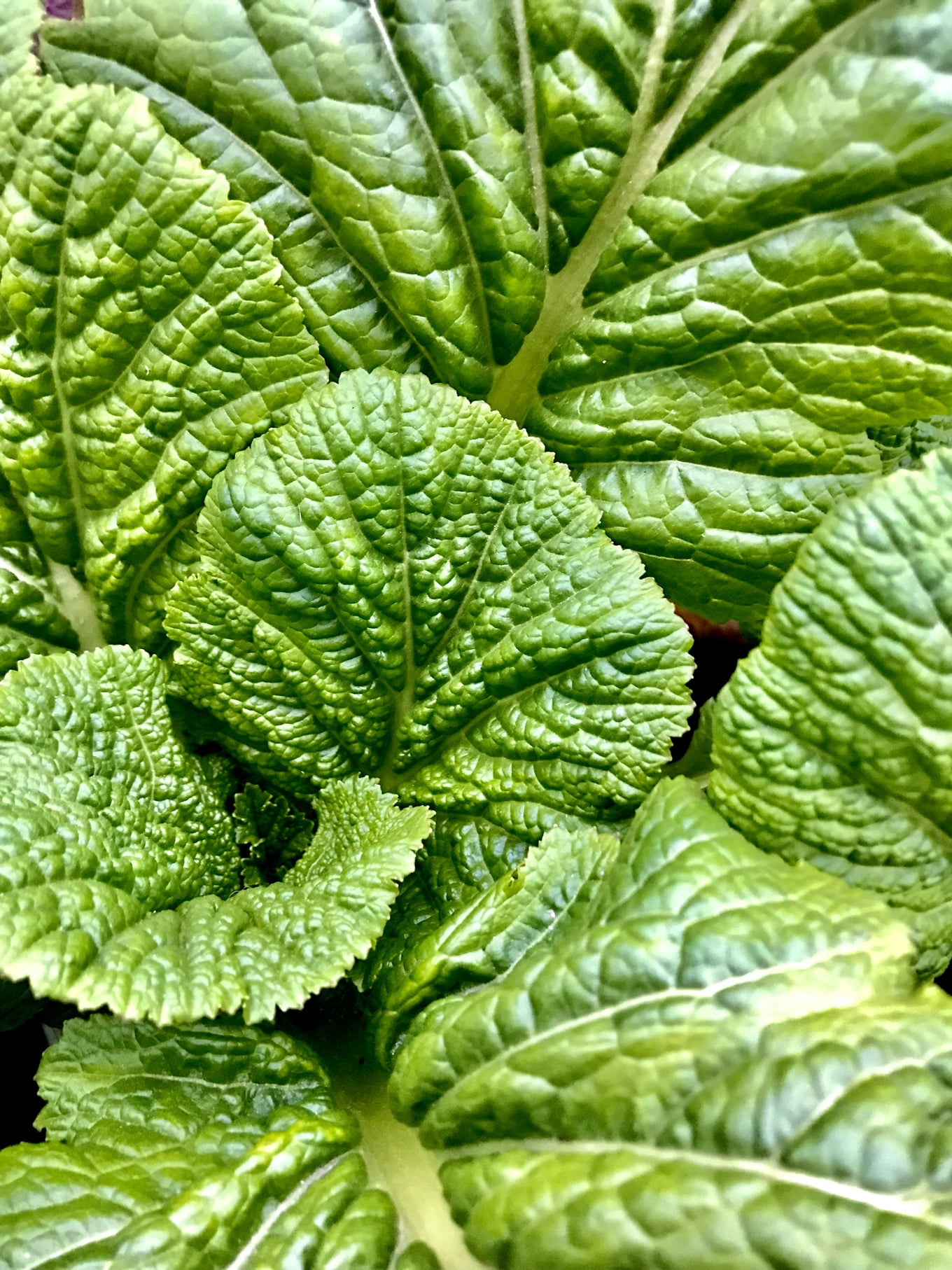 Chandan Chaurasia/Unsplash
Chandan Chaurasia/Unsplash
Cruciferous family: mustard greens and broccoli rabe
Mustard greens and broccoli rabe, both members of the cruciferous family, are known for their sharp, spicy flavors, which are particularly distinctive when compared to other greens. Historically, these greens have been used in Southern cuisine, adding a touch of peppery heat to rich, savory dishes.
Mustard greens, for example, have a heat that varies depending on maturity—older leaves are spicier.
Seddon recommends infusing mustard greens and broccoli rabe with other strong flavors to make their bitterness more approachable. The chef then sautées the greens in olive oil, garlic, and chilli, and adds a splash of vegetable broth or white wine to deglaze the pan, adding depth and complexity. To finish, he often uses lemon juice or miso paste.
Mustard greens have been used not only for their flavor but also because they contain phytonutrients, which are believed to help combat oxidative stress. They are often added raw to salads or sandwiches for a spicy kick, but they can also be cooked down and combined with ingredients like garlic, sesame oil, or even smoked paprika for a warming dish.
Incorporate mustard greens into your diet with the following recipes for Gluten-Free Stuffed Mushrooms With Mustard Greens, Roasted Sweet Basil Squash With Wild Rice and Mustard Greens Salad, and Buttery Broccoli Rabe Almondine.
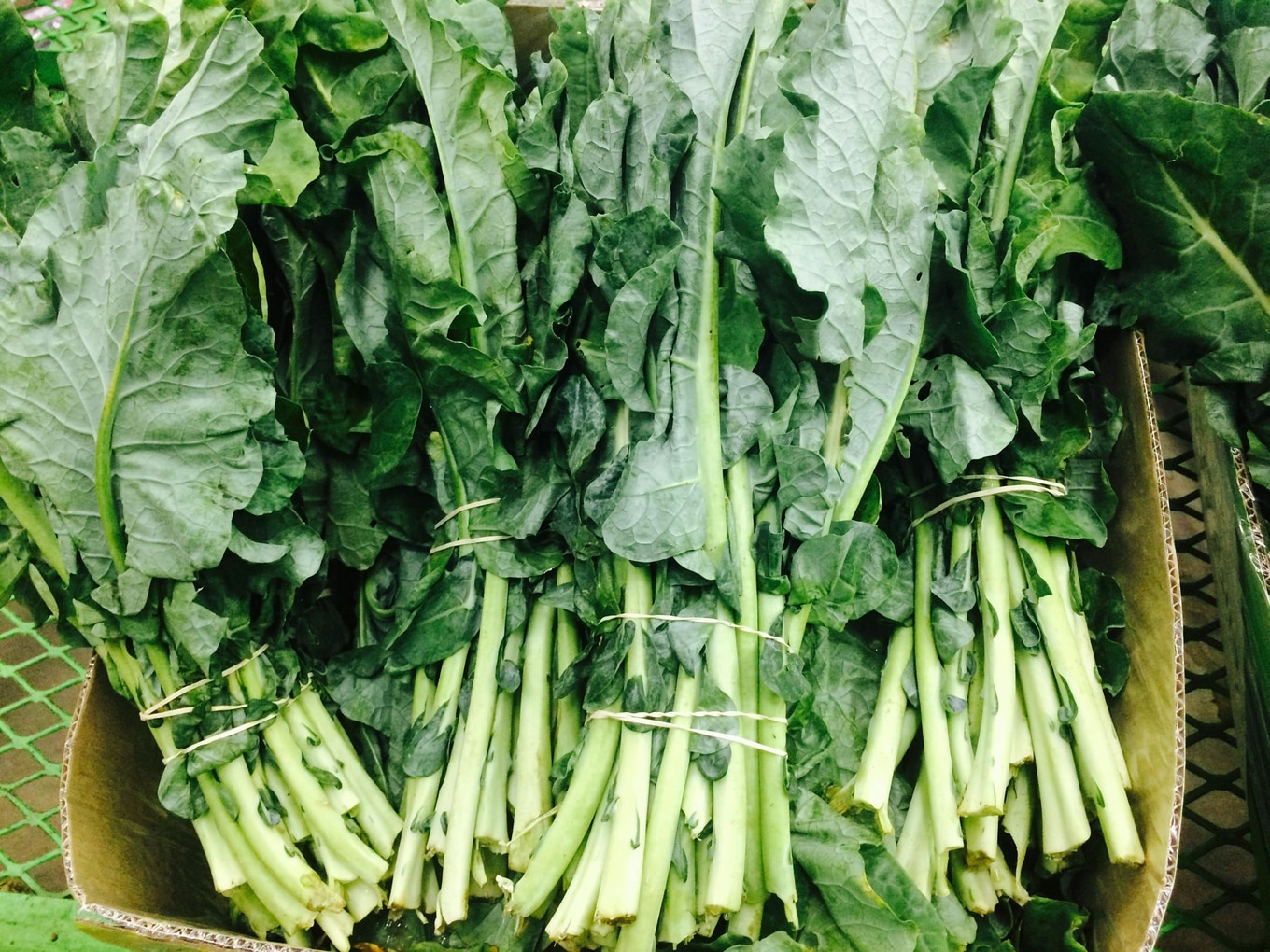 Stella Schafer/Pexels
Stella Schafer/Pexels
Amaranthaceae family: sorrel and collard greens
Sorrel and collard greens bring a distinct earthiness to dishes. Sorrel’s sharp, lemony flavor is commonly found in French cooking, where it is used to cut through the richness of creamy dishes. “I appreciate the refreshing tartness of sorrel, which I often use in soups and sauces,” Seddon says.
“Incorporating it into a creamy cashew sauce allows me to maintain the sourness without being too overpowering to the particular dish,” Seddon says.
Collard greens, a staple in cuisines of the American South, are often slow-braised to develop their deep, earthy flavors. Collard greens are unique in that they can double as an alternative to tortillas when used as wraps, adding both nutrition and flavor to dishes like burritos or vegetable wraps.
“I do prefer to braise them slowly together with some aromatics such as onion, smoked paprika, and apple cider vinegar,” Seddon says. This technique not only reduces the bitterness of the collards but also helps them absorb the aromatic flavors, making them rich and hearty.
In traditional uses, collard greens are paired with salty, smoky elements like ham hocks or bacon, but for plant-based applications, smoked paprika, a hit of liquid smoke, and apple cider vinegar can achieve a similar effect.
Use collard greens in these recipes for Herbed Cream Collards, Jerk Tofu Wrapped in Collard Leaves, and Chili-Lime Cauliflower Bowl With Couscous and Collard Greens.
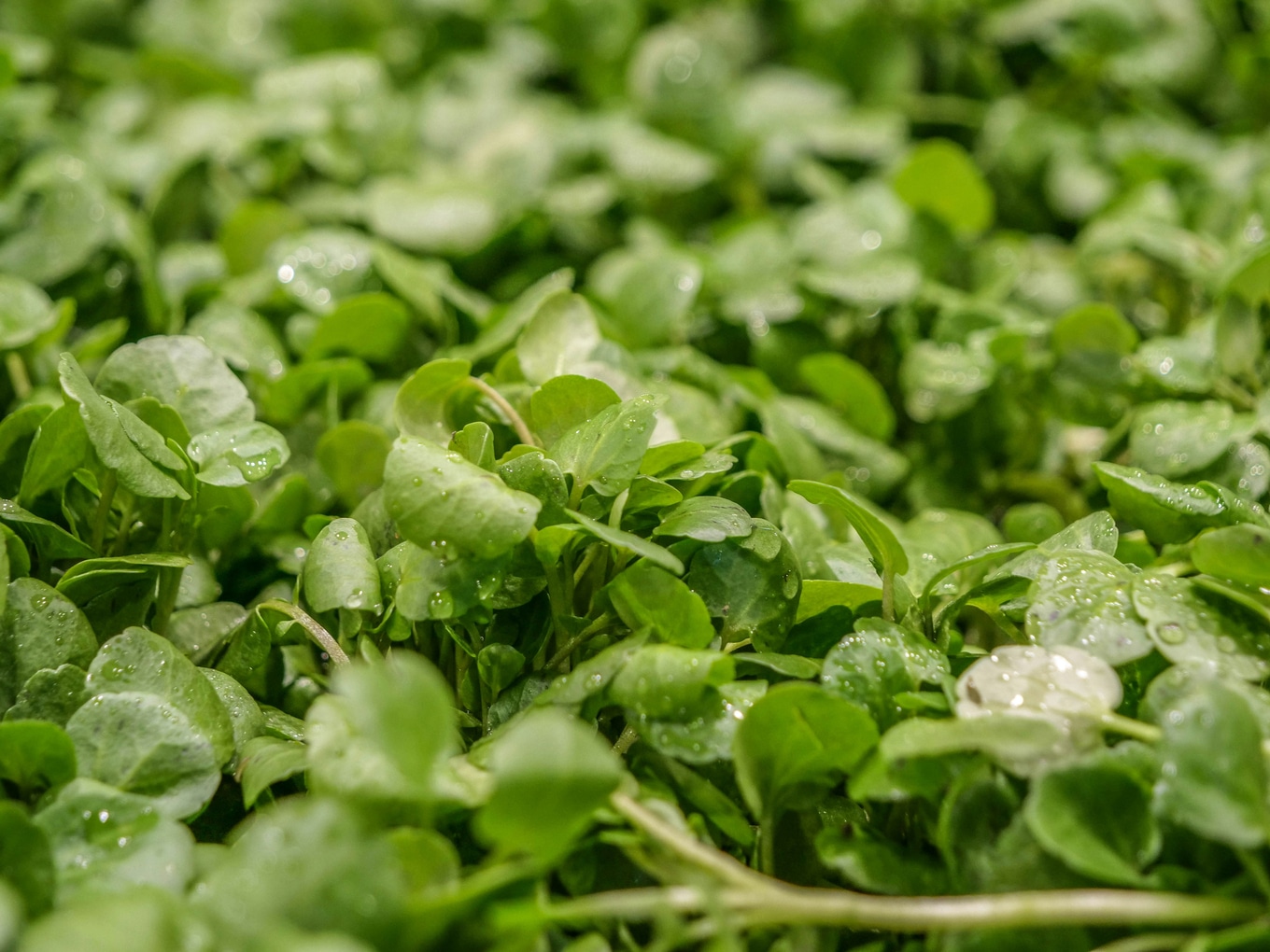 Nebular/Unsplash
Nebular/Unsplash
Water-loving greens: watercress
Watercress is a delicate, water-loving green that has been a popular ingredient in British cuisine for centuries. Historically, it was referred to as “poor man’s bread” because workers would eat it in sandwiches due to its affordability and abundance near natural springs. It was also known for its supposed ability to promote health and strength.
Seddon’s approach to watercress involves maintaining its crisp, fresh quality. “Regarding watercress, I try to keep it super minimal in terms of effort to ensure that the silkiness of the leaves is intact,” he explains. For raw preparations, he suggests lightly tossing the leaves with lemon and olive oil to bring out their peppery notes.
When cooked, a brief blanch followed by an ice bath helps to retain the crispness of the leaves, making them suitable for use in warm salads or as a garnish.
“Pairing watercress with sweet root vegetables or miso dressing balances its subtle bitterness without overwhelming the dish,” Seddon says.
Watercress is often used to add brightness and texture to dishes. It can be incorporated into creamy soups or even made into pesto for a twist on the classic, adding a peppery edge that enhances pastas, sandwiches, or roasted vegetables.
For recipes that incorporate watercress, look no further than these recipes for Korean-Inspired BLT With Spicy Gochujang Mayonnaise and Creamy Pasta With Fried Mushrooms and Brussels Sprouts.
For more plant-based stories like this, read:
JUMP TO ... Latest News | Recipes | Guides | Health | Subscribe









